Cloud Peak Energy Inc
Latest Cloud Peak Energy Inc News and Updates
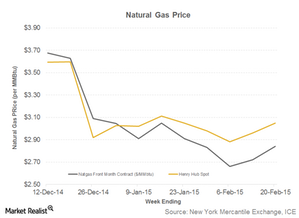
Challenges before Peabody Energy’s US operations in fiscal 2015
The retirement of coal-fired power plants and the impact of new regulations proposed by the EPA present two major blows to the US thermal coal industry.Consumer Must-know: Why Peabody Energy fell 1.9% on July 22
Wall Street analysts’ consensus estimate for loss per share was $0.289.
Why Most Analysts Recommend a ‘Hold’ for Cloud Peak Energy
Of the nine analysts covering Cloud Peak Energy (CLD), seven analysts rated its stock as a “hold,” and two gave CLD a “buy” or “strong buy” rating.
Analysts Expect Peabody Energy’s Revenues to Rise in 3Q17
In 3Q15, Peabody Energy (BTU) reported $1.42 billion in revenues. Analysts anticipate that it will post $1.46 billion in 3Q17 compared to $1.26 billion in 2Q17.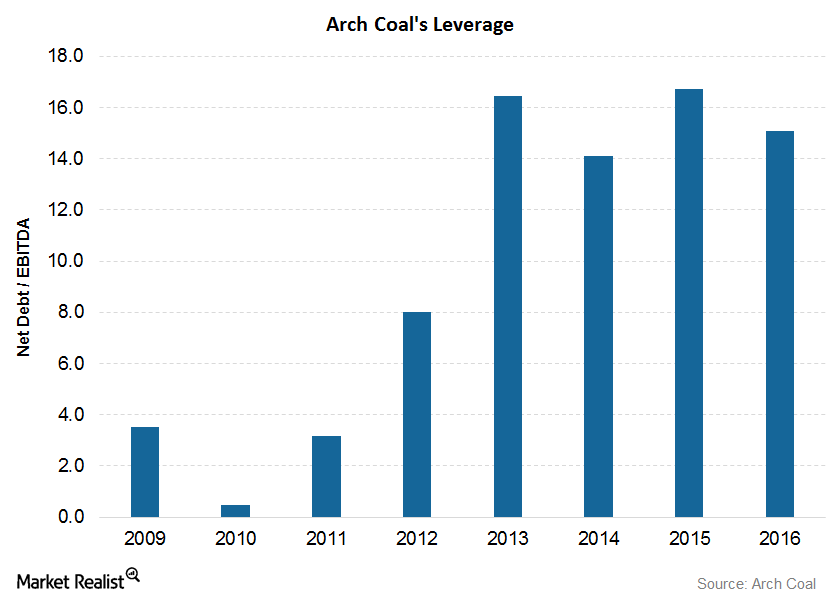
Understanding Arch Coal’s Financial Position
Arch Coal’s leverage On June 30, 2017, the book value of Arch Coal’s (ARCH) long-term debt was about $315.6 million, of which ~$297 million is due for payment in 2024. Arch Coal’s leverage, which is its net debt divided by EBITDA (earnings before interest, tax, depreciation, and amortization), has increased since the acquisition of International […]
What Could Drive Arch Coal Stock in 2017?
Although the majority of coal (KOL) stocks began 2016 on a weak note, they outperformed the broader market in 2016.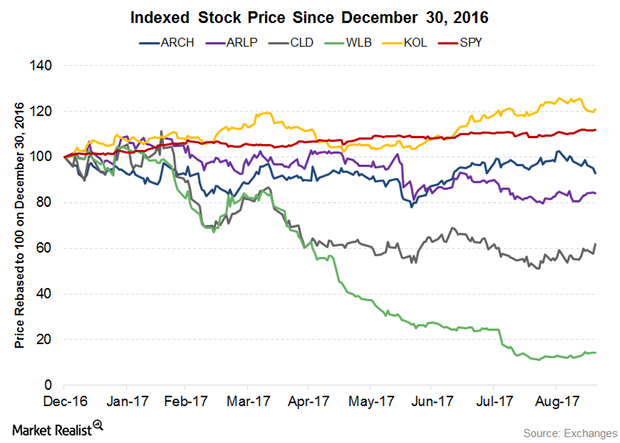
What Factors Could Drive Arch Coal Stock in 2H17?
1H17 in review Majority of the coal (KOL) stocks began 2017 on a weak note. The stocks have not been able to recoup from the slump until now. They have been outperformed by the broader market and the VanEck Vectors Coal ETF so far in 2017. On September 19, 2017, Arch Coal (ARCH) has fallen […]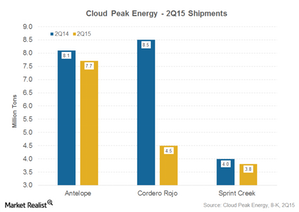
Cloud Peak Energy’s 2Q15 Shipments: Potential Risk Factors
Cloud Peak Energy (CLD) shipped 16.0 million tons of coal from its three owned and operated mines in the Powder River Basin (or PRB) in 2Q15.Consumer Overview: Ambre Energy—a coal and oil shale export company
Ambre Energy was founded in June 2005. It’s an Australian-American coal and oil shale company. The company’s Australian headquarters are located at Brisbane. The head American office is located at Salt Lake City, Utah. The company operates in three business lines—U.S. coal export infrastructure, international coal marketing and trading, and U.S. thermal coal production.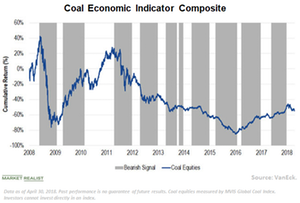
Why the RAAX ETF Has Reduced Its Exposure to Coal Equities
At launch, RAAX had a small weighting to coal, but in May, this exposure was completely eliminated based on falling coal equity prices and weakening supply and demand data.Materials Must-know: ANR’s thermal coal business in 3Q14
ANR produces thermal coal from its mines in the Appalachian and Powder River Basin (or PRB). The company had around three billion tons of thermal coal reserves.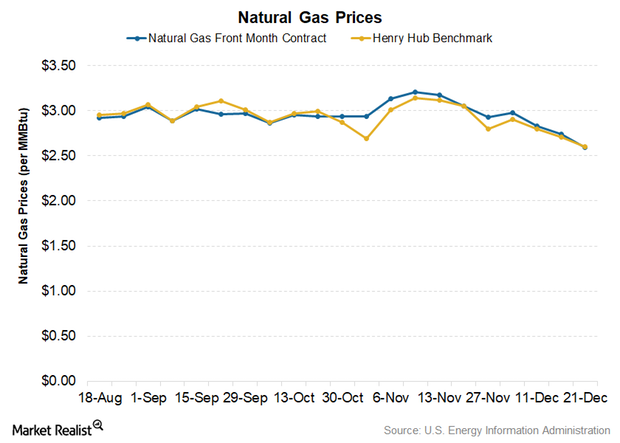
Natural Gas Prices Continue to Fall
In the EIA’s STEO report, it predicted that the Henry Hub natural gas benchmark price would average $3.12 per MMBtu in 2018.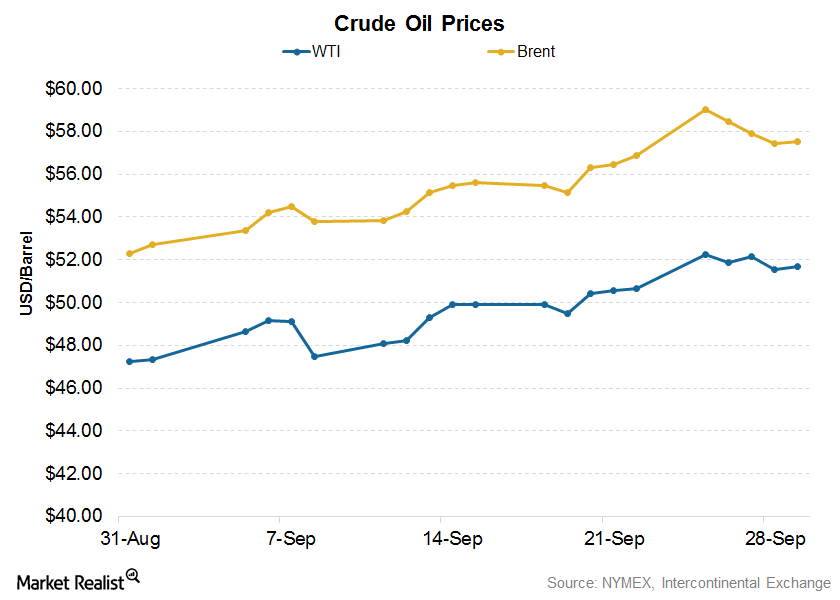
How Crude Oil Indirectly Impacts Coal Prices
On September 29, 2017, Brent crude oil prices closed at $57.54 per barrel compared to $56.86 the previous week.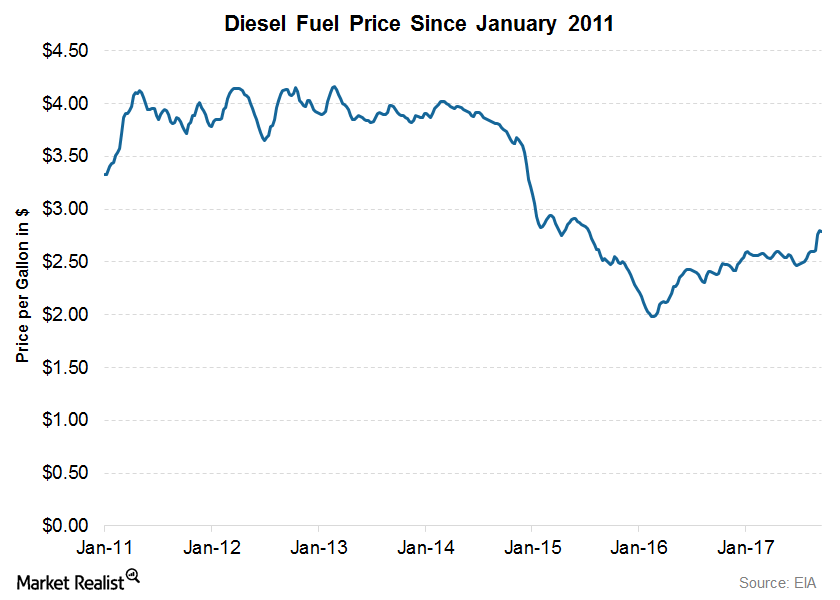
The Key Risks Involved in Arch Coal’s Business
Commodity price risk Arch Coal (ARCH) has long-term coal supply agreements for their non-trading, thermal coal sales, hence managing commodity risk for thermal coal and also to a limited extent, through the use of derivative instruments. However, sales commitments in the metallurgical coal market are typically not long-term in nature and are subject to fluctuations […]Company & Industry Overviews An Overview of Westmoreland Coal
In this series, we’ll analyze Westmoreland Coal’s (WLB) business model. We’ll explore how the company has expanded its business, and evaluate its key operational metrics and financial position.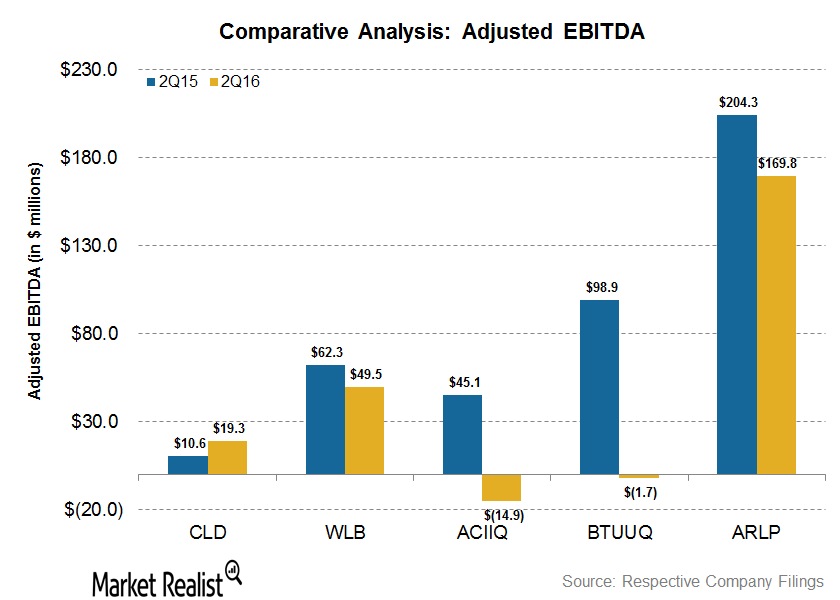
Cloud Peak Energy Topped EBITDA Margin Growth in 2Q16
Cloud Peak Energy reported positive growth in its 2Q16 EBITDA margins. Cloud Peak Energy’s EBITDA margins came in at 11.1% in 2Q16.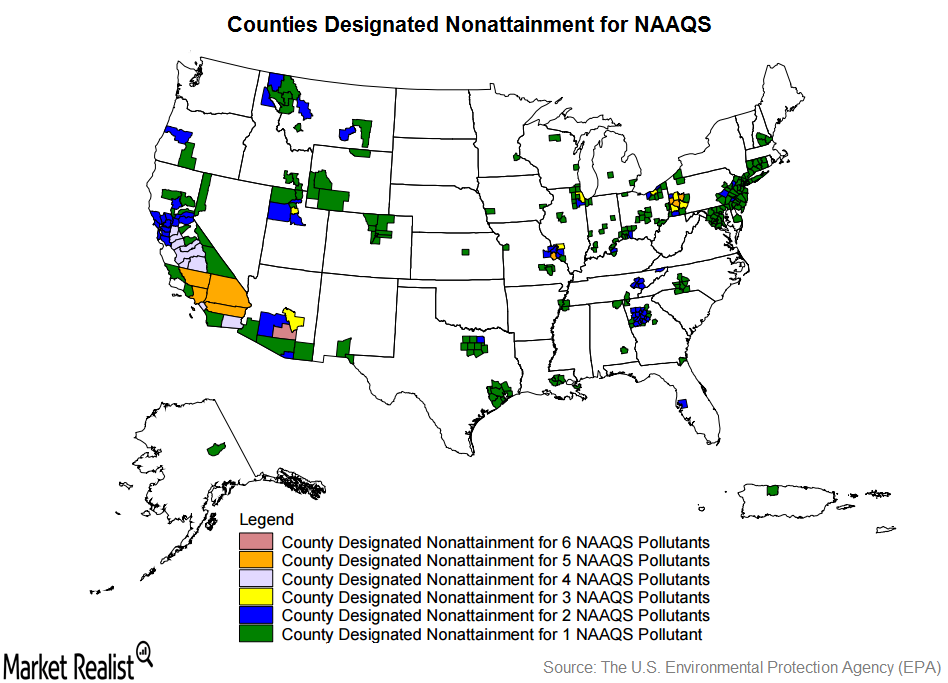
How Developments in the Clean Air Act Will Impact Coal Mining
The Clean Air Act is a national air pollution control policy that regulates the emission of hazardous pollutants from stationary and mobile sources in the United States.
Where Are the Low Sulphur Content Coal Mines in the US?
According to the EIA, low sulphur content coal is defined as having less than 0.60 pounds of sulphur per million British thermal units.
How Is Coal Mined in the US?
According to the World Coal Association, there are two main underground mining methods in the US.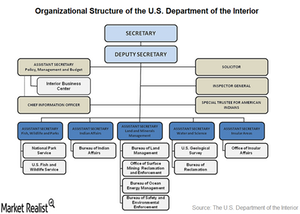
How Does the Land Ownership Pattern in the US Affect Miners?
Land ownership in the US can be broadly divided into the following categories: federally owned land, state-owned land, privately owned land, and Native American land.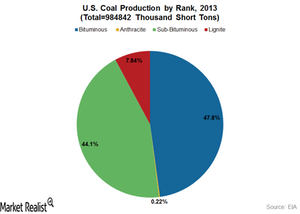
What Are the Different Types of Coal?
Coal types differ from each other as a result of the difference in their organic matter content and maturity.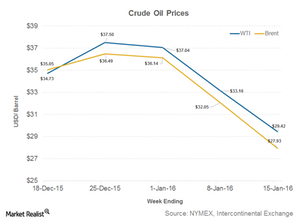
Crude Oil Fell below $30: Positive or Negative for Coal?
Crude oil prices dropped significantly during the week ended January 15, 2016. WTI (West Texas Intermediate) crude oil prices closed at $29.42 per MMBtu on January 15, 2016.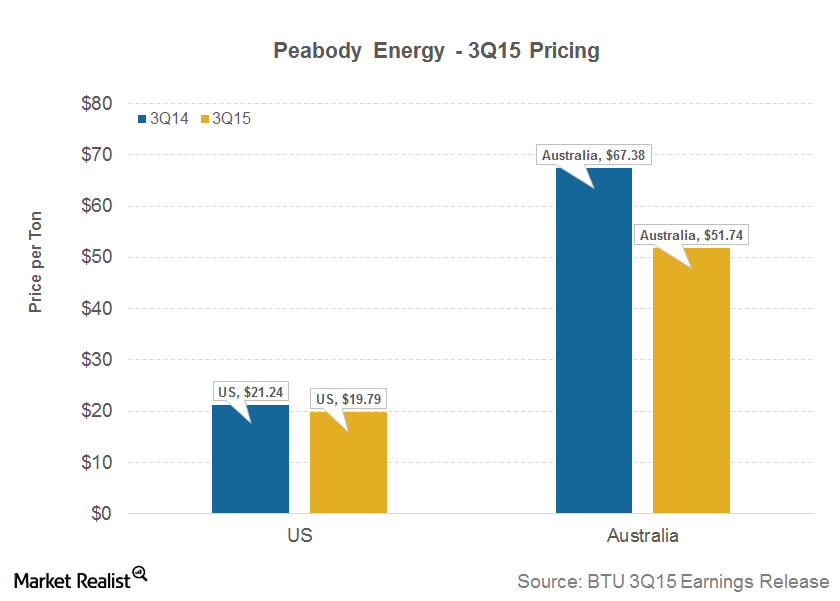
Lower Shipments and Pricing Hampered Peabody’s 3Q15 Revenues
Peabody Energy’s (BTU) US operations posted revenue per ton of $19.79 in 3Q15, down from $21.24 in 3Q14.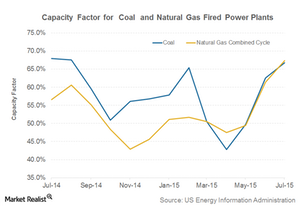
Capacity Factors Still Indicate Shift from Coal to Natural Gas
Capacity factors for coal-fired plants fell YoY and rose substantially for natural gas-fired power plants. This shows a shift from coal to natural gas as a fuel for electricity generation.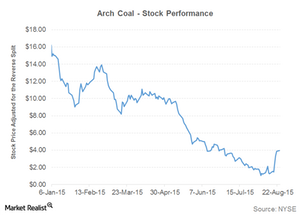
Why Arch Coal Rallied During a Bad Week for the S&P 500
Arch Coal’s (ACI) shares posted an astounding 205% rise during the week ending August 21. The stock closed at $3.85 on August 21.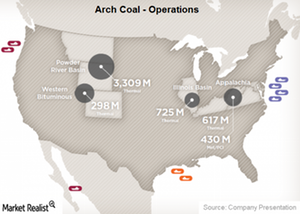
Why Arch Coal Is in the News for Debt Exchange
On August 4, 2015, Arch Coal completed a reverse stock split to boost its stock price above the dollar mark and stay listed on the NYSE.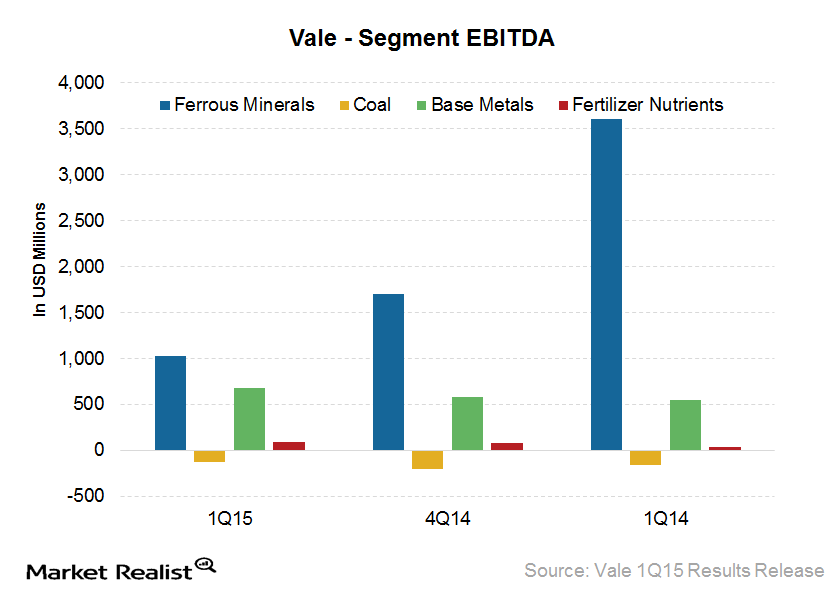
Vale’s 1Q15 Earnings Take a Hit
Vale S.A. (VALE) reported revenues of $6.4 billion in 1Q15, a decline of $2.9 billion compared to 4Q14. Most of the decline is due to seasonally lower sales volumes and lower commodity prices.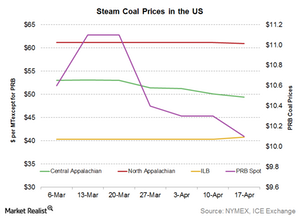
Coal Prices Dropped as Natural Gas Prices Rose
Central Appalachian thermal coal prices came in at $49.40 per ton for the week ending April 17—down from $50.10 per ton the previous week.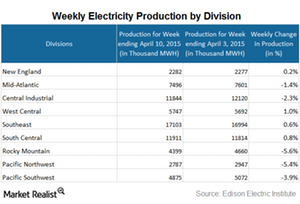
Rocky Mountain Division Sees a Large Drop in Electricity Generation
Out of nine divisions, electricity generation increased in four divisions and decreased in five divisions for the week ending April 10.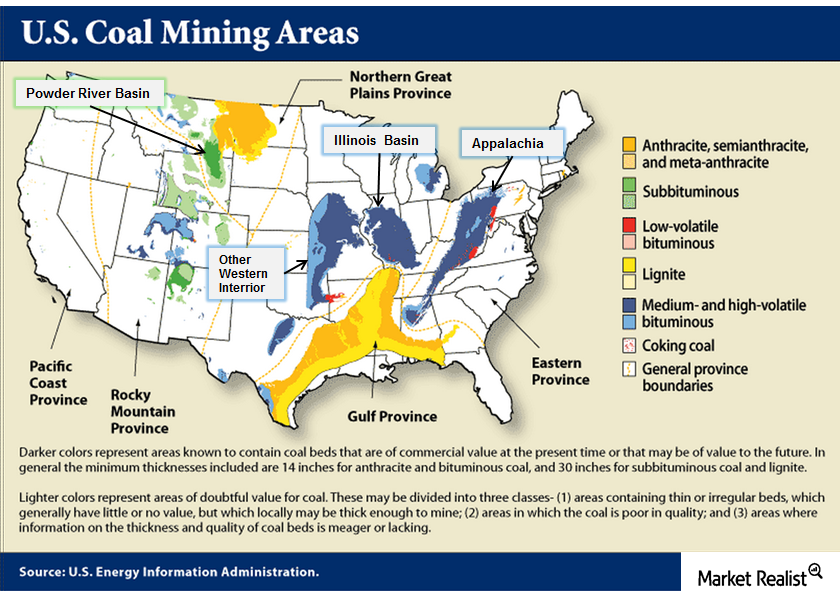
Must-know: The US coal mining areas and coal specifications
Coal mining in the U.S. can be segregated into three main areas: Appalachia, Interior, and West.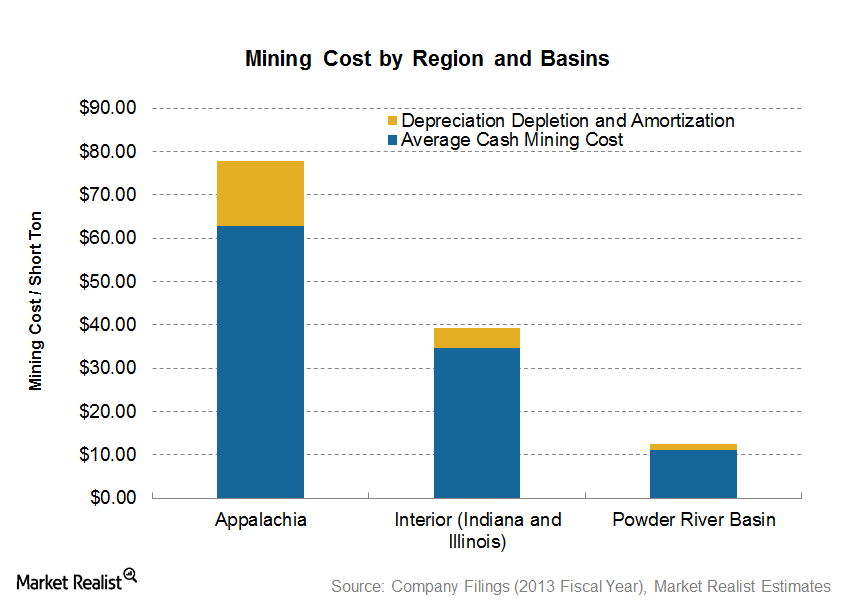
Why underground mines cost higher compared to surface coal mines
Underground mining is more expensive because it’s more capital intensive. Coal companies have to drill more, and use more expensive and complicated machines.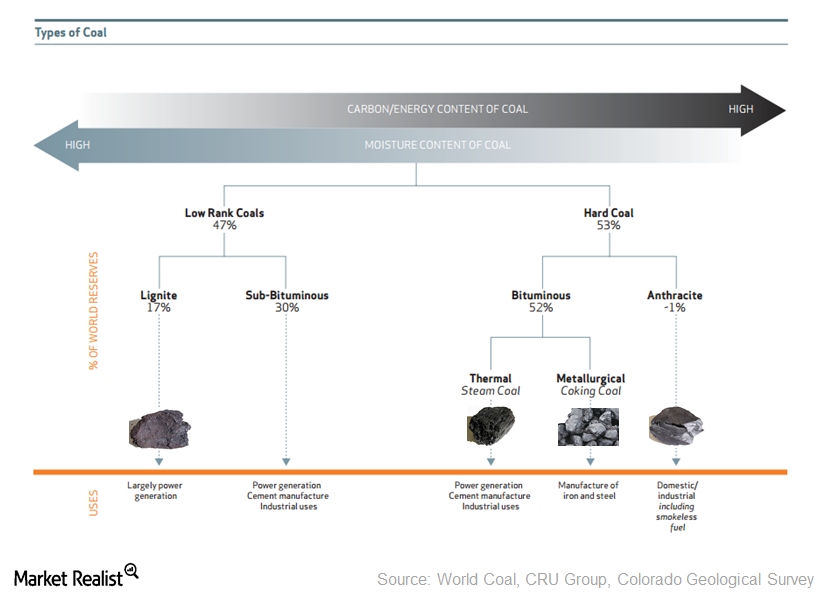
The “buried sunshine”—the coalification process and coal types
Coal is often called the “buried sunshine” because it developed from the remains of plants and greens that existed as long as 400 million years ago.
